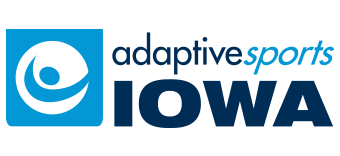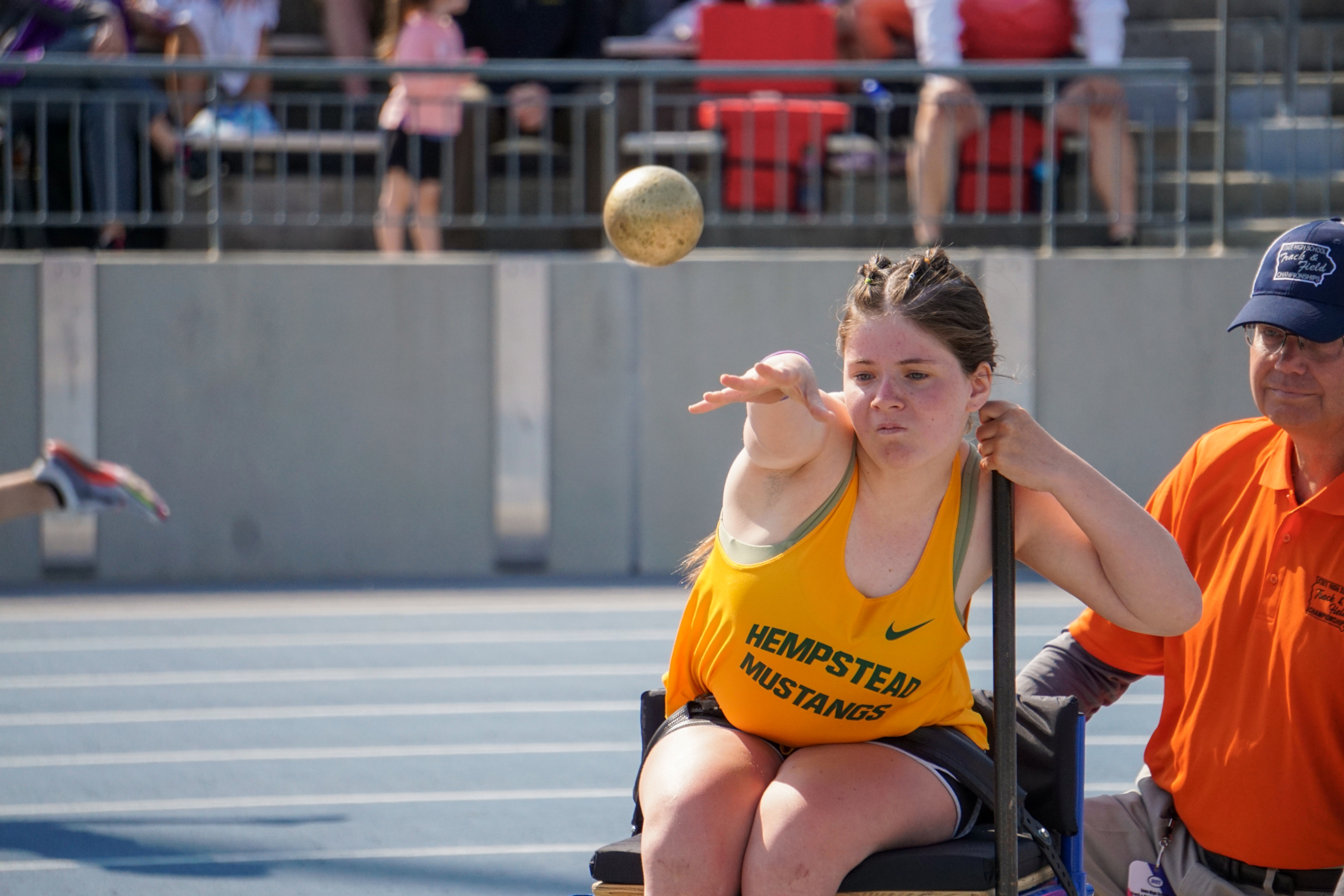Access to Adaptive Equipment Fuels the Fire to Compete
Ally Darter, a junior at Dubuque Hempstead High School, loves to compete! She uses crutches or a wheelchair for mobility in her everyday life, and participates in wheelchair sports, including Adaptive Sports Iowa’s Track & Field program.
In traditional track and field, the equipment required to compete usually just consists of the proper athletic shoes which cost around $200 (on the more expensive side). For athletes with physical disabilities, the costs to participate are much higher. Adaptive equipment for track and field can range from $3,000-$4,000 or even higher for specialty materials. Thankfully, Iowa students can participate in the sports they love without the financial barriers.
Adaptive Sports Iowa (ASI) provides sports and recreation opportunities for people with physical disabilities. ASI’s Track & Field program consists of a lending library of adaptive equipment so every student with a physical disability can have the opportunity to compete for their school track and field team at no cost to the student or the family. With the help of Variety – the Children’s Charity, Adaptive Sports Iowa is able to purchase the racing wheelchair and field event chairs for each student who is interested in competing.
Ally has been involved in track and field since 5th grade and has received a track wheelchair racer from the lending library that has fit her growing body each year. Since high school, Ally has also received a shot put chair and has qualified for Drake Relays during both of her high school track seasons so far. Her favorite part of the program is racing next to other adaptive athletes at the Drake Relays and state track meet.
Participating in track and field helps Ally to stay physically fit and ready to compete in her other sports. Since she also competes in swimming and wheelchair basketball, Ally says, “Track and field keeps me in shape in my off-seasons and helps me get faster in my other sports.” Her competitive spirit drives her to perform at her best, and access to adaptive equipment allows her to do just that – without any of the barriers.



